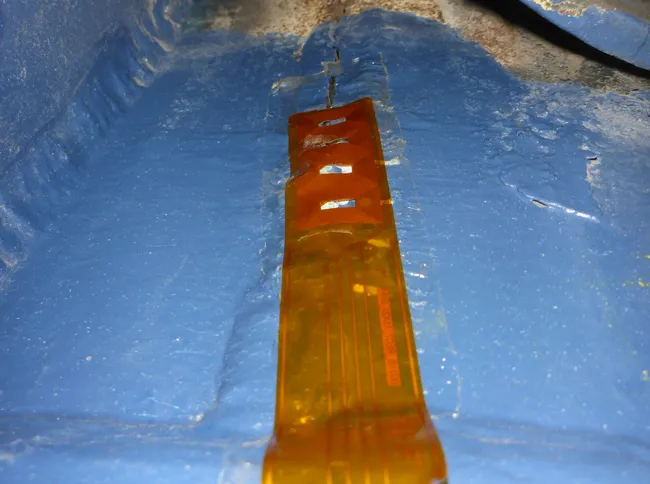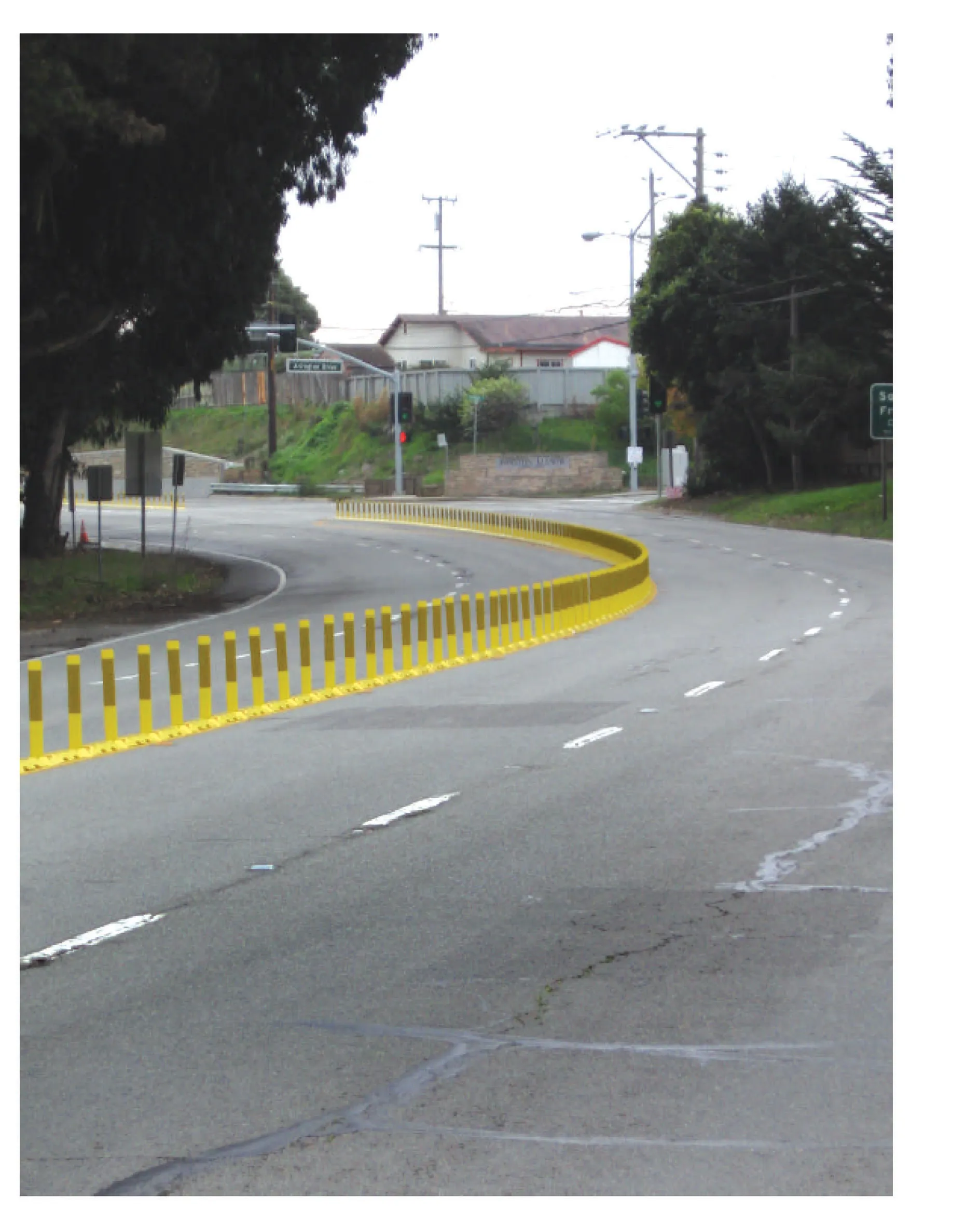The MISTRAS Group is handling a US$3.4 million contract for continuous structural health monitoring on the San Francisco Oakland Bay Bridge. The client for this contract is the California Department of Transportation (CALTRANS) and MISTRAS will be responsible for installing and operating the package. The system is being installed on the bridge in response to a fatigue defect found on a structural steel beam in a regularly scheduled inspection during a holiday closure in 2009.
May 29, 2012
Read time: 2 mins
The 5774 MISTRAS Group is handling a US$3.4 million contract for continuous structural health monitoring on the San Francisco Oakland Bay Bridge. The client for this contract is the 2451 California Department of Transportation (CALTRANS) and MISTRAS will be responsible for installing and operating the package. The system is being installed on the bridge in response to a fatigue defect found on a structural steel beam in a regularly scheduled inspection during a holiday closure in 2009.
The bridge opened in 1936 and has one of the largest spans in the world, carrying some 250,000 vehicles/day at present. The MISTRAS system will remotely and continuously monitor 384 critical eye bars for the early detection of fatigue defects using its advanced real time software, listening to 640 strategically placed acoustic emission sensors mounted on the bridge's eye bars.
The package will automatically send a message alert to engineering personnel in the event of a flaw indication being detected, including its location. When delivered, this will possibly be the largest and most advanced automated structural health monitoring system in the world according to MISTRAS.
The bridge opened in 1936 and has one of the largest spans in the world, carrying some 250,000 vehicles/day at present. The MISTRAS system will remotely and continuously monitor 384 critical eye bars for the early detection of fatigue defects using its advanced real time software, listening to 640 strategically placed acoustic emission sensors mounted on the bridge's eye bars.
The package will automatically send a message alert to engineering personnel in the event of a flaw indication being detected, including its location. When delivered, this will possibly be the largest and most advanced automated structural health monitoring system in the world according to MISTRAS.









